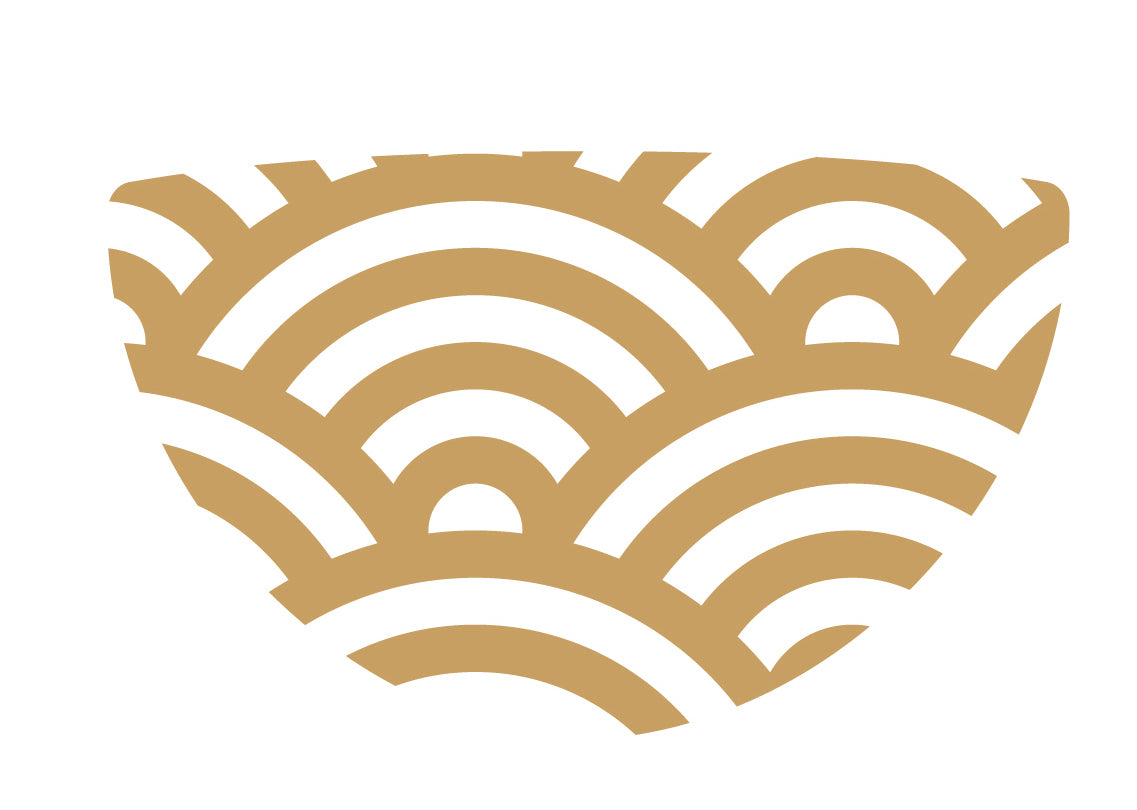The Tokyo Paralympics were held in Tokyo in August and September 2021.
A few days before the Tokyo Paralympics opening ceremony, Yuki Matano, the CEO of Tsugu Tsugu, received a phone call from an Australian TV station and she was invited to the stadium located close to Tokyo Big Sight for an interview about kintsugi.
About the TV Program
The Australian TV crew that contacted us was in Japan to cover the Tokyo Paralympic games. They were working on a news program called "7 news."
Yuki Matano met the crew close to Tokyo Big Sight. The interview took place only two days before the opening ceremony, so almost no one was there.
One of the Australian reporters Yuki Matano met was Katrina Webb, a former athlete who won numerous medals at Paralympic games during her youth.
Katrina had been interested in kintsugi for quite some time and was already familiar with its history and philosophy. As I asked her what she would like to know about kintsugi, she told me that she was curious to learn more about urushi lacquer, the main ingredient used in traditional kintsugi, and also the philosophical aspect of kintsugi from a Japanese point of view.
Interest in Kintsugi in Australia
Due to the pandemic the Tokyo Olympics and Paralympics had to be held without any audience, which was quite a disappointment for sport fans who had bought their tickets months in advance. Despite this setback, the games were nonetheless a great opportunity to share Japanese culture and technology with the world. For a few weeks, the eyes of the world were on Japan, and there is no doubt that it is the kind of event that encourages more people to learn more about Japan and maybe even visit someday.
When Yuki was speaking with Katrina Webb, they discussed the ever-growing popularity of Japanese pop culture in Australia. Be it with anime, food, video games or traditional arts, Japanese culture can appeal to a wide audience.The Olympics and Paralympics renewed and even intensified the interest a lot of people had in Japan.
Common Ideas Between Kintsugi and Paralympics
Yuki Matano thought there was a very interesting parallel that can be made between kintsugi and the Paralympics. In both disciplines, scars and so-called imperfections are turned into new-found strengths.
Here are a few words Matano really wanted to share during the interview:
Everyone has mental and physical obstacles, but we can overcome them by changing our perspective. In doing so, we can free ourselves of these obstacles and get stronger.
Just like in kintsugi, the Paralympians can use their trials and scars to go for the gold.
Best of luck to them!
Yuki Matano, 22 Aug, 2021
Kintsugi celebrates imperfections, so do Paralympians.
Wabi-Sabi and Kintsugi
Katrina Webb and Yuki Matano also discussed the relation between wabi-sabi and kintsugi.
"Wabi" means "inner beauty," and "sabi", on the contrary, means "beauty on the surface." The combination of the two words related the zen concept that one should not to worry about changes in appearance, but should on the contrary find beauty in the observed changes.
The philosophy of wabi-sabi became very popular in the 15th and 16th centuries, when the Japanese culture of tea ceremony was at its height.
In countries such as Japan, we live in a world of abundance. It is so easy to find cheap goods that, as soon as objects break, most people throw them away without thinking twice about it. New replaces the old in a matter or second to match the latest trend and the latest SNS post. Looking into the idea of wabi-sabi forces us to ask ourselves questions about the true value of things.
Has a broken object lost all of its value ? Can it regain the value it has lost ?
Should a broken object turn automatically into waste ? What does "waste" mean ?
Is there really no way to keep using a broken object ?
With Katrina Webb, we delved into those questions. In this modern age of mass production and mass consumption, kintsugi stands against the current and challenges our understanding of "waste." As a company dedicated to kintsugi, our wish is to keep sharing the beauty of kintsugi repair and help as many people as possible give a new life to broken ceramics they love.
The transformative power of kintsugi is not limited to objects. We are strongly convinced that it extends to people. Everyone has their own flaws, their own cracks, their own traumas. Those darker parts of us should not be masked, but accepted and embraced. Once people accept their history, they can move forward.
Broken or damaged objects still have a chance to be put to good use. In fact, they shine stronger and more beautifully than before they were broken.
After the Interview
Katrina kindly informed us that the interview had been successfully aired in Australia. The whole team of Tsugu Tsugu is very honored to have been able to introduce Japanese traditional kintsugi to Australia.
Before leaving Japan, Katrina purchased one of our kintsugi kit TSUGUKIT. She is planning to use the kit to restore a bowl that she holds very dear. We hope we will get to see the result of her kintsugi project someday !
We are very thankful for the team of 7 news to have taken the time to contact and interview Yuki Matano during their time in Japan. We are very happy to see the beauty of kintsugi spreading to other countries. We hope that our interview will inspire some Australians to embark on their own kintsugi journey too!

